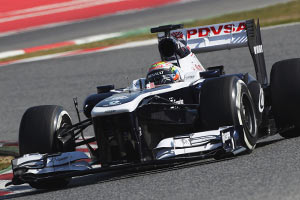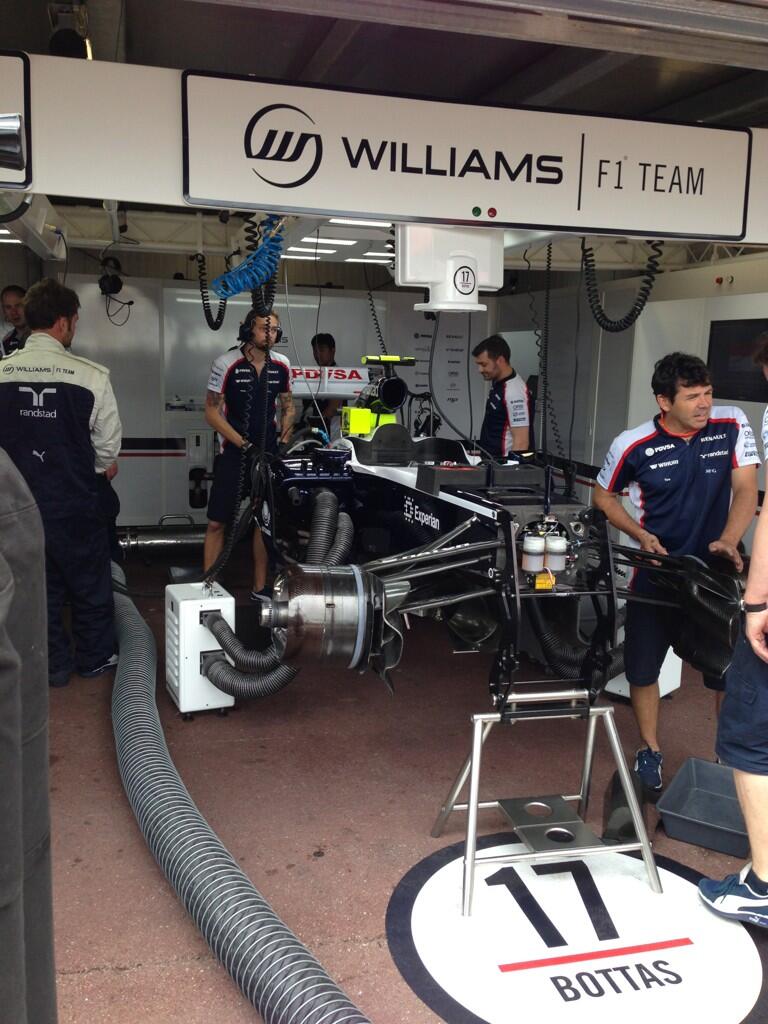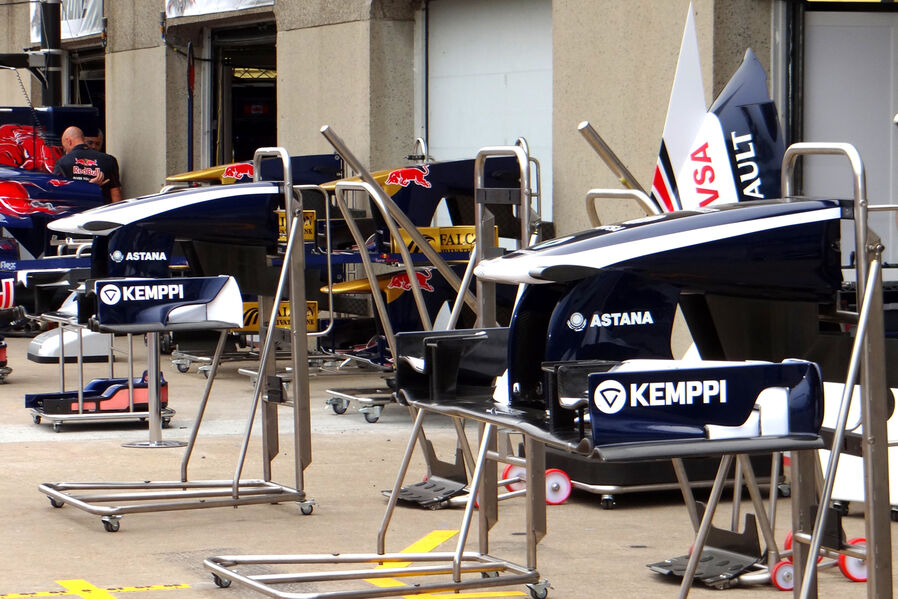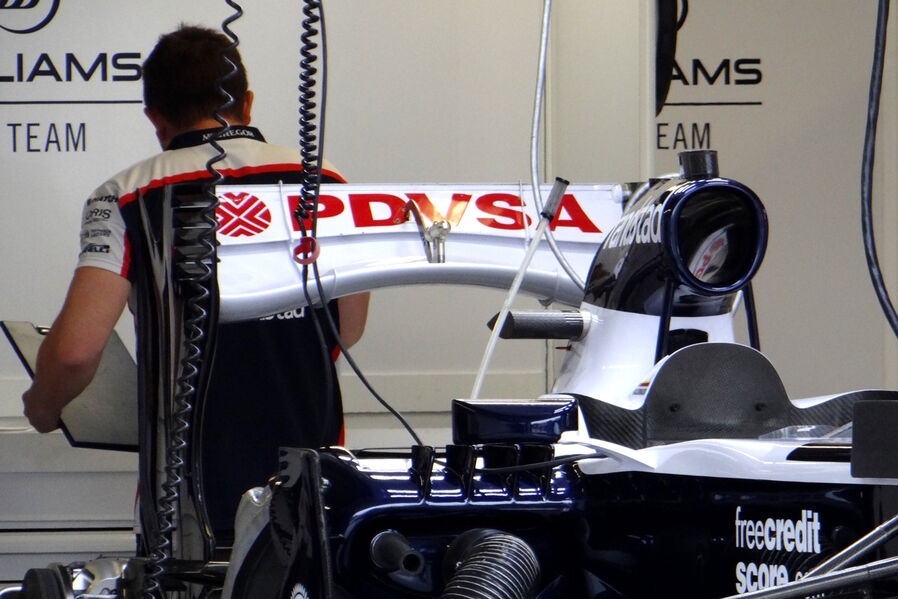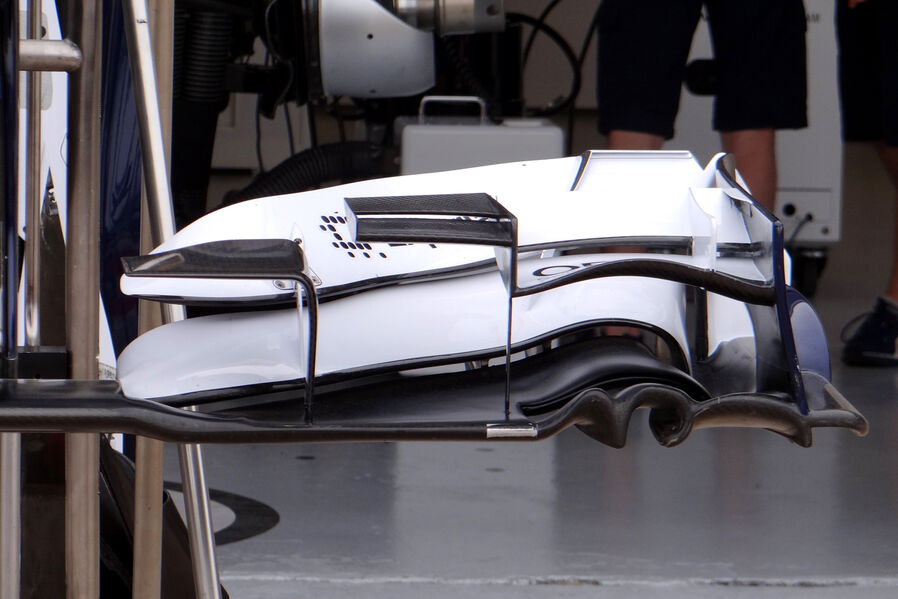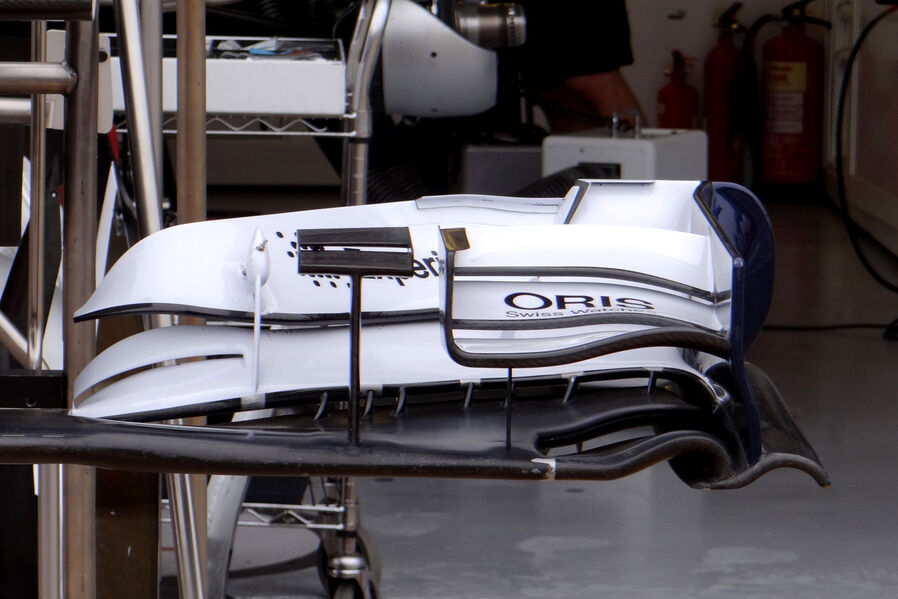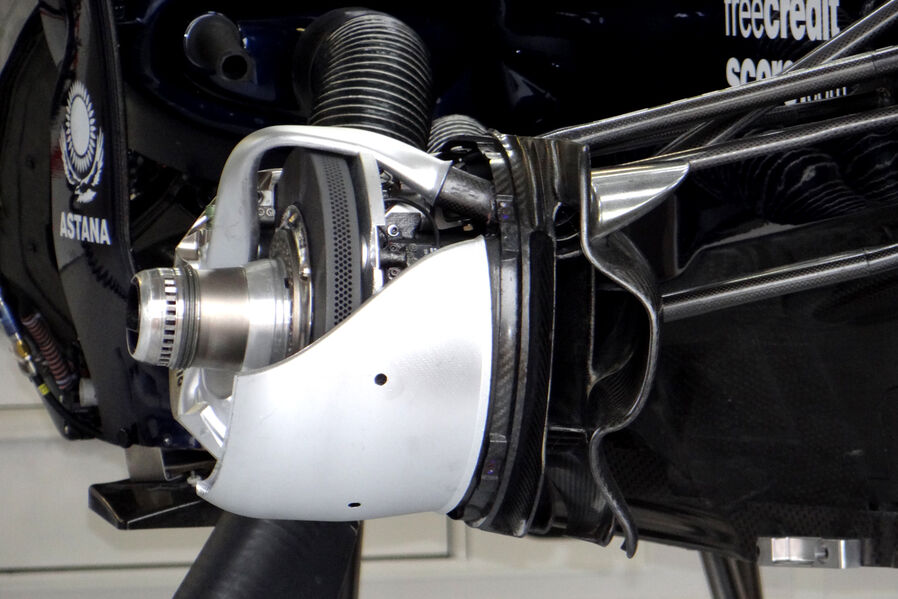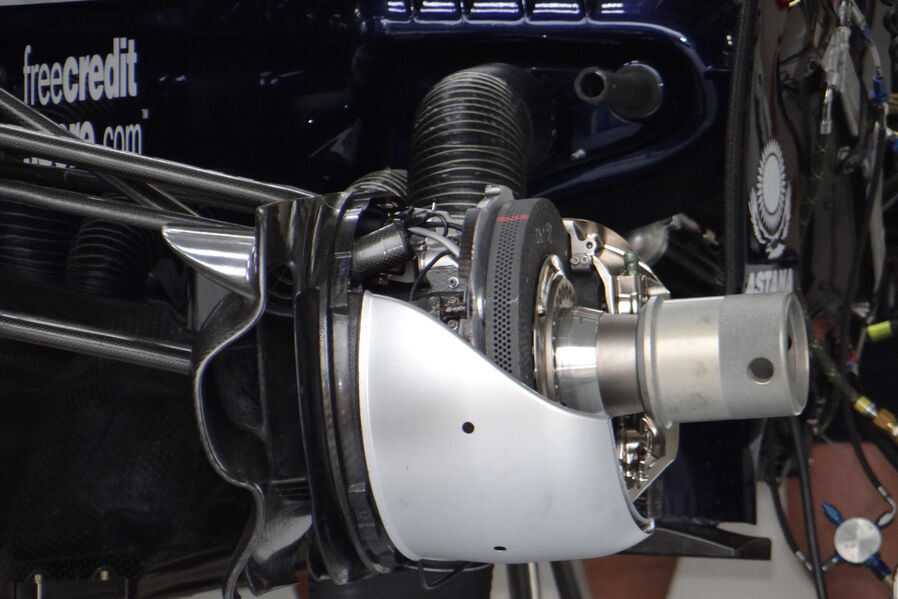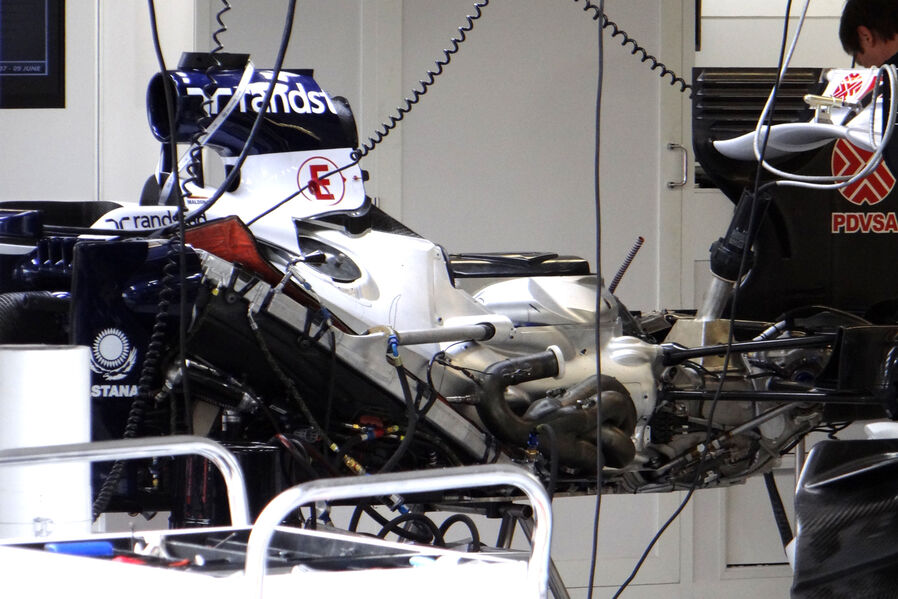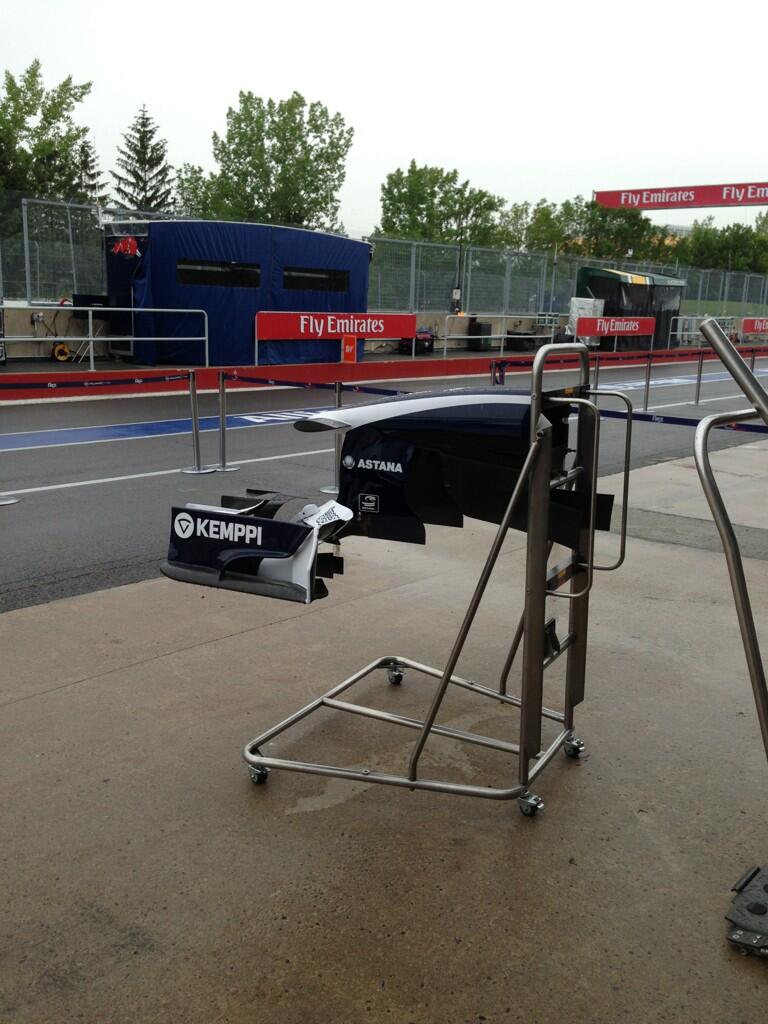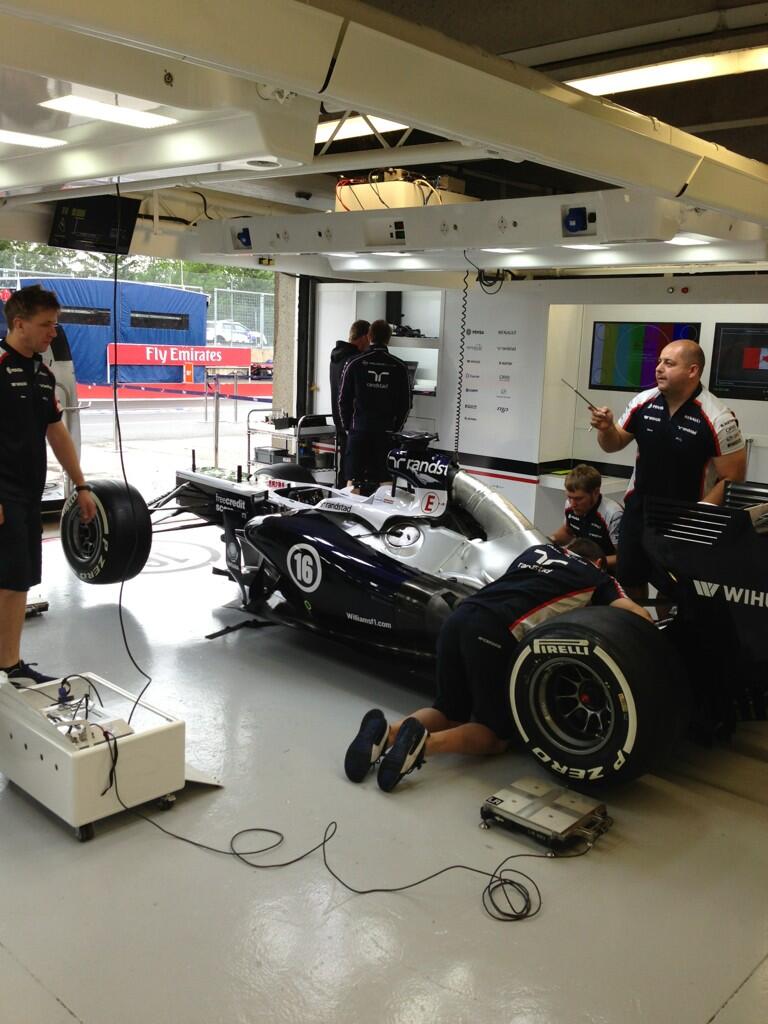Behind the scenes of an FIA Formula One crash test

Prior to the start of the 2013 Formula One season, the FIA’s AUTO magazine went behind the scenes at the Williams F1 team’s chassis and nose cone crash tests.
As usual at the start of a Formula One season, early February is car launch time, a period thick with bright-eyed optimism, vaulting ambition and a determined effort by teams to have the outside world believe the upcoming campaign will be a massive improvement on the one just left behind.
Drivers are presented as magically improved, über-fit examples of superhumanity. Design personnel are presented as clairvoyant boffins who have uniquely unravelled the sport’s regulations to deliver a world-beating entrant. And, finally, the cars themselves are offered as glossy, perfectly sculpted winning machines, engineering paragons in which grand design meets super-science.
For the Williams team personnel manoeuvring the chassis and nose cone of the team’s 2013 challenger, the FW35, through the bitter cold of a February morning at Cranfield University in middle England, the ambition and optimism of a Formula One car launch still seems a fair distance away. Today they have nuts and bolts work to get through; work that can mean the difference between life and death. For this is not only the season of F1 car launches but also of FIA crash-testing.



Williams has come to the Cranfield Impact Centre to put its chassis and nose cone through frontal impact tests, two of 18 FIA tests every Formula One car must go through before it can take to the track.
One of just three FIA-approved test centres (the others are the Transport Research Laboratory in the UK and Italy’s CSI laboratory in Milan), Cranfield is at this time of year a revolving door for F1 teams as they contemplate a shrinking off-season and the looming deadline of the first pre-season test. Red Bull Racing’s nose cone was smashed into a million pieces here a week before Williams’s visit, and the F1 champions will be back again shortly. Marussia, too, is due soon.
The Williams test sees the chassis and nose fixed to a trolley, after which a crash test dummy is lowered into the cockpit and strapped in place using the standard seat belts fitted to an F1 car. Once the prep has been done, the trolley is released, at a speed of 15m/s and smashed into a wall at the end of the sled’s track. At the time of impact the sled is travelling at roughly 54km/h and while that may seem tame, a race accident will, by and large, see a car collide with barrier which absorbs much of the impact energy. At Cranfield the nose cone is being thrown at a metal wall offering no reciprocal deformation.
The results are spectacular. On impact the front of the nose cone explodes in a cloud of carbon-fibre, the first few hundred millimetres reduced to a scattering of razor sharp shards on the floor. However, the rear section has retained its integrity and all the energy has been dissipated by the collapse of the tip of the nose.
To pass, the FW35 must meet a number of criteria: the deceleration of the trolley must not exceed 40g and the maximum deceleration measured on the dummy’s chest must not exceed 60g over a three millisecond period. It’s a tough standard but one that F1 teams accept as the FIA works to keep serious injury at bay. This time Williams is successful. Measurements taken by Cranfield staff and witnessed by FIA observer Gordon Forbes show the FW35 has passed with ease.
The Williams team’s test is at an end and the team’s personnel are now free to remove the chassis from the trolley and manhandle it back out into the frozen February air. It’s been a productive day. In a week’s time the team will roll the FW35 out at the second pre-season test in Barcelona, and drivers Pastor Maldonado and Valtteri Bottas will tell a waiting world that the car is a major step forward, straight out of the box. Optimism, ambition and hunger for success are delivered as expected and, more important, delivered safely.
source
---------------------------------------
Canada 2013 - Wednesday (05.06.2013)


